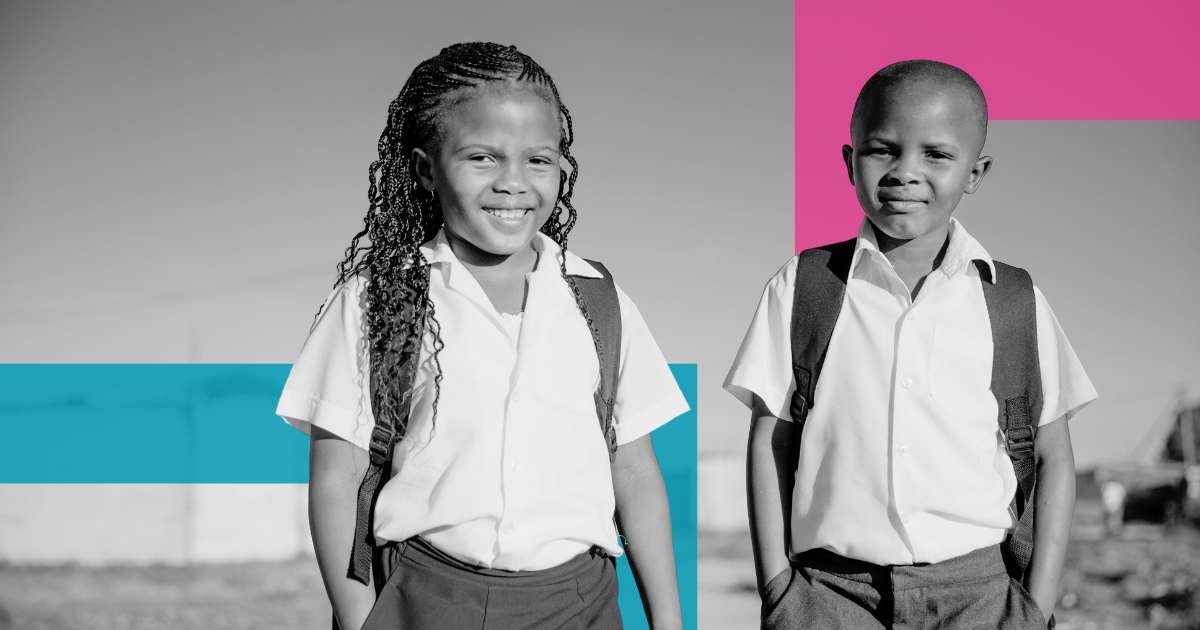Cultural safety transcends mere awareness or sensitivity; it's about fostering a space where everyone feels spiritually, socially, emotionally, and physically secure, and where no one's identity or needs are challenged or denied. It's about being proactive and recognising and honouring the unique cultural identities of individuals and groups in your local areas, going beyond textbooks to weave Indigenous perspectives, histories, and knowledge systems into the fabric of your curriculum.
What Can Your School Do to Build a Culturally Safe Environment?
1. Culturally Responsive Practices, Including Training
Start by ensuring that all staff undergo comprehensive cultural competency/responsiveness training. This isn't just about understanding diverse cultures; it's about recognising biases, communicating effectively, and building bridges with Aboriginal and Torres Strait Islander students, families, and communities. This could include:
- Understanding Your Local Cultural Diversity: Learning about the different cultural backgrounds, customs, and perspectives of the lands on which your school is situated.
- Recognising Bias and Stereotypes: Personal reflection to identify and then actively address biases and stereotypes that may affect interactions with students.
- Effective Communication: Developing skills to communicate respectfully and effectively with Aboriginal and Torres Strait Islander students, families and communities.
2. Inclusive Curriculum and Pedagogy
An inclusive curriculum and pedagogy for Aboriginal and Torres Strait Islander cultures are essential for fostering respect, understanding, and reconciliation within the educational system. This approach involves integrating Aboriginal and Torres Strait Islander perspectives, histories, and knowledge systems throughout all subjects, rather than confining them to specific units or events. It emphasises the use of culturally responsive teaching methods that honour the diverse learning styles and experiences of Indigenous students. This can include traditional ways of passing on knowledge in Aboriginal and Torres Strait Islander cultures, such as:
- storytelling
- hands-on learning
- community involvement.
By doing so, schools not only validate and celebrate the rich cultural heritage of Indigenous students, but also educate all students about the significant contributions and histories of the oldest continuous cultures on earth. This inclusive approach promotes a sense of belonging and respect for diversity, which are crucial for the well-being and academic success of Aboriginal and Torres Strait Islander students.
3. Student and Family Engagement
Engaging Aboriginal and Torres Strait Islander students and their families in education is vital for fostering a supportive and inclusive school environment. Effective engagement strategies include creating culturally welcoming spaces where Indigenous families feel respected and valued. Schools can:
- host cultural events and celebrations that honour Aboriginal and Torres Strait Islander traditions to provide opportunities for families to share their cultural knowledge and participate in the school community
- involve Aboriginal and Torres Strait Islander parents and guardians in decision-making processes, through advisory councils or parent-teacher associations, to ensure that their voices are heard and their perspectives considered
- tailor communication methods that respect cultural preferences, such as face-to-face meetings and community gatherings, to enhance trust and collaboration.
By prioritising authentic and genuine, respectful engagement, schools can build stronger relationships with Aboriginal and Torres Strait Islander families, ultimately supporting the academic and social success of their students.
4. Cultural Safety Policies and Procedures and Continuous Improvement and Feedback
Establishing clear policies and procedures that promote cultural safety is essential. Cultural Safety Plans that outline the school's commitment and actions to creating a culturally safe environment should be developed and regularly reviewed.
Some schools may do this through their student and parent representative body or by setting up and facilitating discussion by one or more student and parent groups to design what cultural safety at their schools looks and feels like.
Creating a culturally safe environment is an ongoing process. Schools should:
- Seek Feedback: Regularly seek feedback from students, parents, and staff about the school's cultural safety practices.
- Evaluate and Improve: Continuously evaluate the effectiveness of cultural safety initiatives and make improvements based on feedback and new insights.
- Provide Professional Development: Provide ongoing professional development opportunities for staff to stay informed about best practices in cultural safety and inclusion.
Meeting the National Principles for Child Safe Organisations by creating a culturally safe environment in schools is not just about compliance; it’s about ensuring that every child feels seen, heard, and respected. Creating a culturally safe environment is an ongoing journey, not a destination. By implementing these strategies, schools may foster a more inclusive and supportive environment that promotes the well-being and success of all students.
References
Craven, R., Ryan, J., & Mooney, J. (2016). Indigenous children’s education as a human right. In R. Craven & J. Mooney (Eds.), Indigenous children’s education as a human right. Emerald Publishing.
Dudgeon, P., Milroy, H., & Walker, R. (2014) in Working Together: Aboriginal and Torres Strait Islander Mental Health and Wellbeing Principles and Practice emphasise the importance of cultural competence in improving educational outcomes and fostering safe environments for Indigenous students.
Holmes, C., Guenther, J., Morris, G., O'Brien, D., Inkamala, J., Wilson, J., & McCormack, R. (2024). Researching School Engagement of Aboriginal Students and Their Families from Regional and Remote Areas Project: Yipirinya School Case Study. Australian and International Journal of Rural Education, 34(1), 145-151.
Morrison, A., Rigney, L-I., Hattam, R., & Diplock (2019) in Educational Responses for Aboriginal and Torres Strait Islander Learners emphasise the need for continuous improvement and feedback mechanisms to ensure educational environments remain culturally safe and responsive.
Oliver, R., McCarthy, H. C., & Jackson, L. (2024). Investigating Remote School Attendance, Retention and Engagement: A Case Study Involving Students as Co-researchers. Australian and International Journal of Rural Education, 34(1), 152-156.
Purdie, N., Dudgeon, P., & Walker, R. (2010) in Working Together: Aboriginal and Torres Strait Islander Mental Health and Wellbeing Principles and Practice highlight the positive impact of culturally appropriate support services on Indigenous students’ mental health and academic success.
.png?width=600&height=200&name=Education%20Risk%20Report%202024%20-%20EDM%20Banners%20(3).png)


.png?width=600&height=200&name=Education%20Risk%20Report%202024%20-%20EDM%20Banners%20(3).png)
